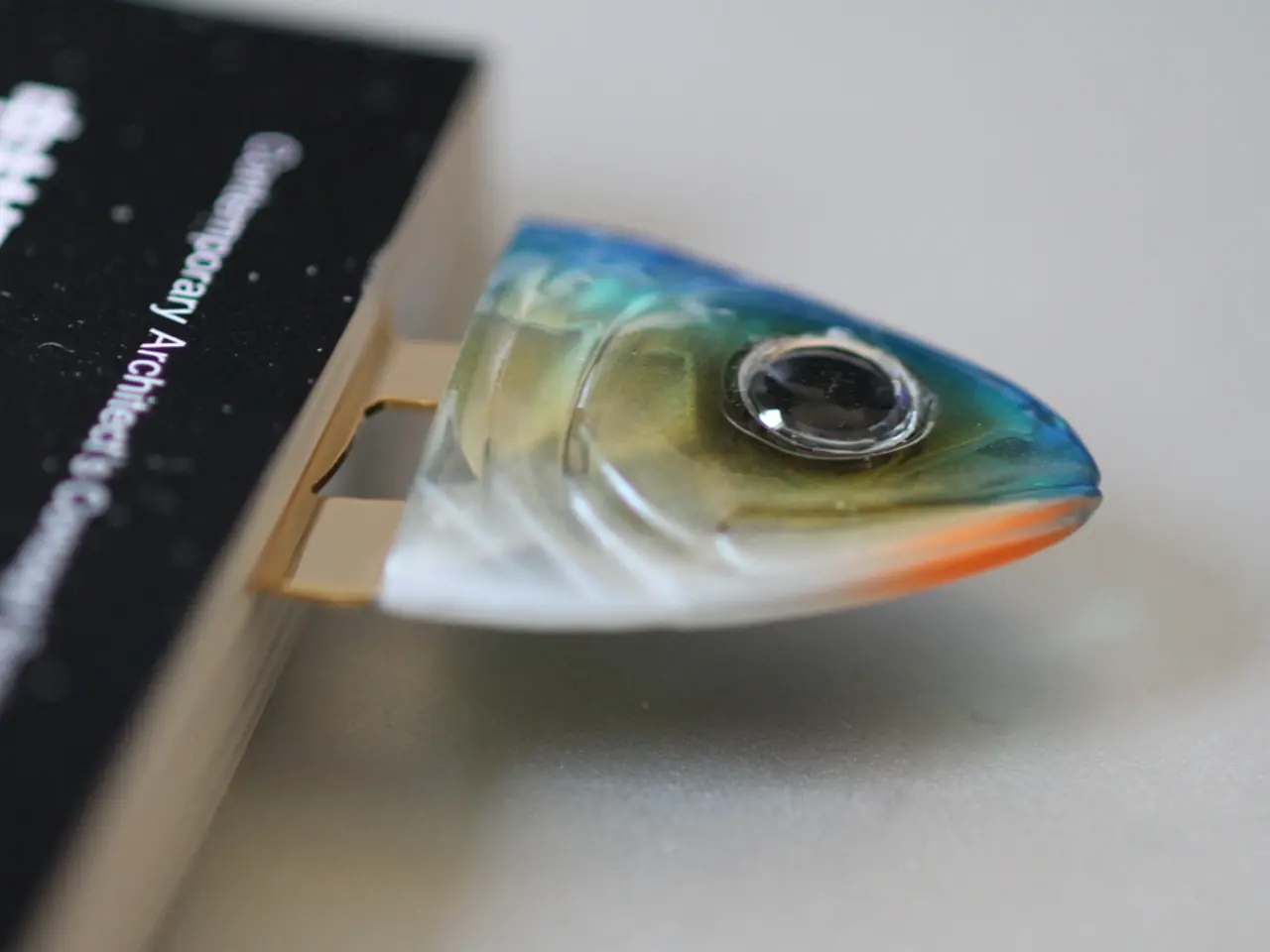Nature-inspired Design Innovations: Exploring Five Pioneering Biomimicry Projects
In the realm of innovation, the practice of learning from nature's designs, processes, and strategies to solve human problems—known as biomimicry—is gaining traction. This approach, coined by biologist Janine Benyus, co-founder of the Biomimicry Institute, has been a central principle in human innovation throughout history.
One of the latest advancements in biomimicry is a synthetic adhesive developed by researchers at Stanford University. This adhesive mimics the gecko's natural grip, creating strong, residue-free bonds that can be easily removed and reused. This technology has numerous potential applications in robotics, medicine, and manufacturing, offering efficient, reusable, and environmentally friendly adhesion.
In the field of energy efficiency, innovations like squid-inspired windows could be crucial. Squids and krill change colour by moving pigments in their skin, inspiring the development of dynamic panels that control light transmission in buildings, potentially reducing energy consumption significantly. Researchers at the University of Toronto have developed such panels, which could reduce heating energy by 75%, lighting energy by 20%, and total energy use by 43% compared to existing technologies.
The redesign of Japan's Shinkansen bullet train is another example of biomimicry. Eiji Nakatsu, the chief engineer, redesigned the train's nose to mimic the streamlined shape of a kingfisher's beak, resulting in a quieter, faster, and more energy-efficient train. The tubercles on humpback whale flippers have also been replicated in wind turbine blades, improving their efficiency and performance. This design, developed by the company WhalePower, has resulted in blades that produce up to 20% more power, reduce noise by at least 2 decibels, and extend component lifespan by 25%.
The story of Velcro, a two-part fastening system composed of hooks and loops, is another testament to the power of biomimicry. George de Mestral, a Swiss engineer, observed how burrs clung to fabric and fur and discovered tiny hooks that latched onto loops, inspiring the invention of Velcro.
The Biomimicry Institute, founded in 2006, promotes learning from and emulating nature's designs to solve human problems. Indigenous peoples around the world have long understood the profound knowledge nature offers. The institute's work underscores the importance of this approach in addressing some of the world's most pressing issues, such as energy consumption.
Buildings consume about a third of the world's energy, a figure expected to double by 2050. Innovations in biomimicry could play a crucial role in making future buildings more energy efficient, helping to mitigate the impact of increasing energy demands.
In conclusion, biomimicry offers a promising approach to solving human problems in a sustainable and efficient manner. By learning from nature's designs, we can develop innovative solutions that not only meet our needs but also respect the environment.








